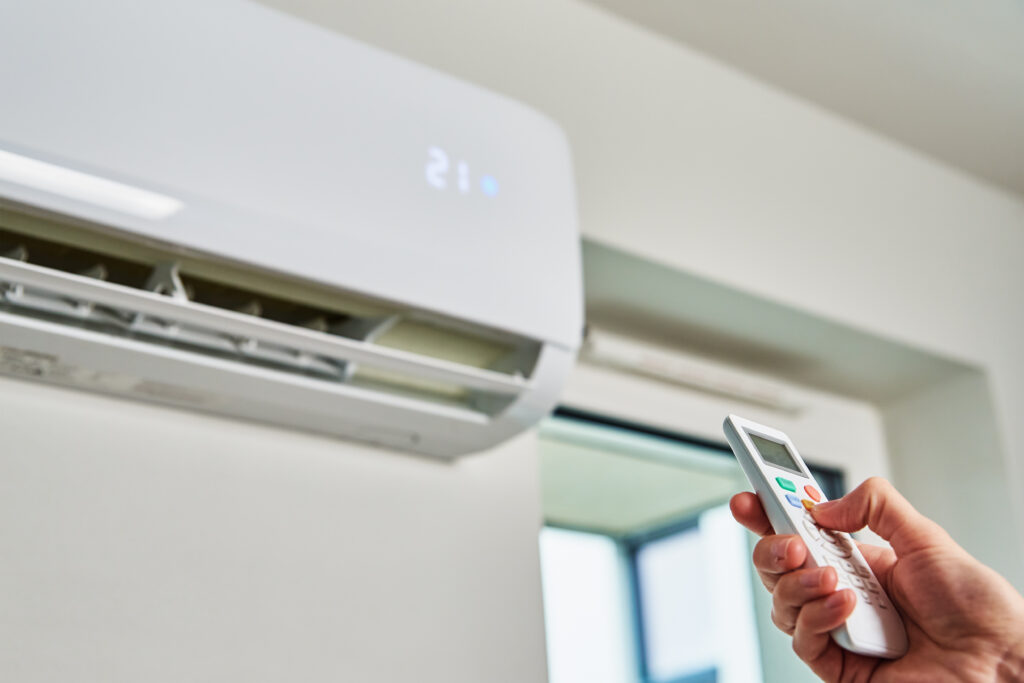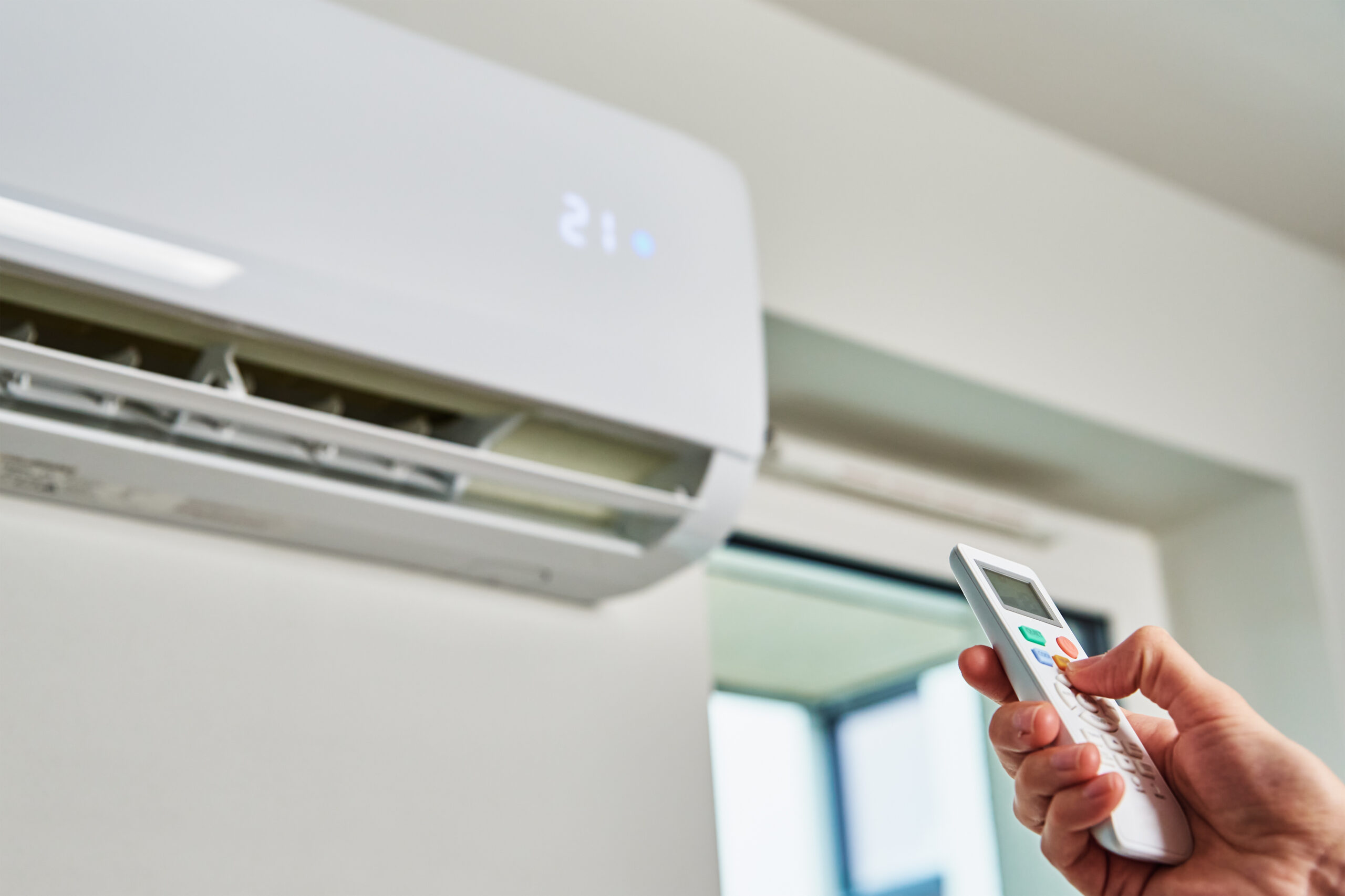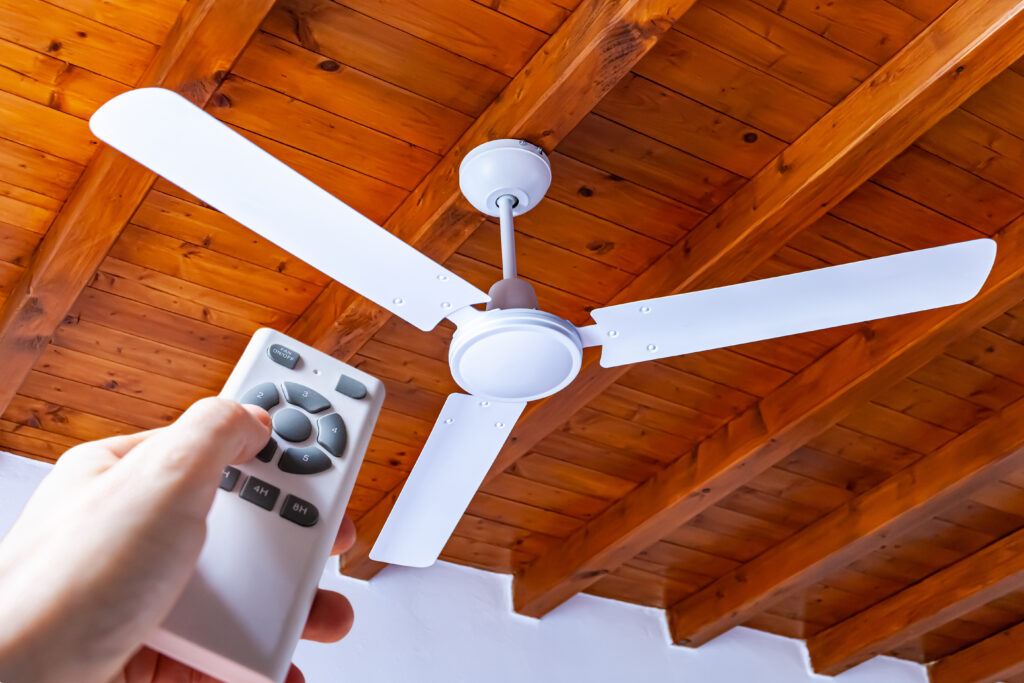Understanding Central Air Conditioning Systems: What Every Virginia Homeowner Should Know
Alright, let’s talk about something we take for granted until it stops working—the central air conditioning system. If you’re a homeowner in Virginia, you know hot, humid summers aren’t just inconvenient—they can be downright miserable without proper cooling. So while your AC is quietly working in the background all summer long, it’s a good idea to actually understand how it works, the benefits it brings, some of the most common issues that pop up, and—ah yes—why having a home warranty (from a legit provider) can save your future self a whole lot of hassle.
What Is a Central Air Conditioning System?
At its core, a central air conditioning system is exactly what it sounds like: a system that cools your entire home from one central location. Unlike standalone units or window units where each appliance is doing its own thing, this bad boy is connected throughout your home via ductwork and vents. Which, yep, means one system, one thermostat, and one point of control to keep things cool and consistent.
The system works by circulating cooled air through a series of supply and return ducts. Warm air from your home flows through return ducts to the central system, gets cooled via a refrigerant cycle (more on that in a sec), and then cycles back through the supply ducts. Pretty slick, when you think about it.
How Central Air Conditioning Actually Works
Let’s keep this chill (pun 100% intended). When it comes to the nuts and bolts, the central AC system relies on a few key components. There’s the compressor, which lives outside your house and is probably what you’re hearing humming on hot days. That compressor pressurizes a refrigerant—a chemical that absorbs heat from inside your house. This stuff moves through coils, gathering heat indoors and releasing it outdoors. Meanwhile, your fan and blower push the cooled air back inside.
It’s basically a loop that removes heat from indoor air, dumps it outside, and lowers the temp inside. Thermostat kicks on, compressor activates, refrigerant cools the system, blower gets to work, and voila—you’re not drenched in sweat while making your morning coffee. The whole thing operates pretty seamlessly when all the pieces are in sync, but as with anything, time and wear can throw a wrench into the flow.
The Perks: Why Central AC Is Worth It
Besides the obvious benefit—you’re not boiling in your own living room—central AC systems come with some real-world advantages that go beyond comfort. First up, they’re energy efficient when set up and maintained properly. A single system cooling your whole home actually uses less power than multiple window units running all at once.
Also, they offer better air quality. Most central ACs include filters that trap dust, pollen, and other allergens. In Virginia, where spring allergies are next-level brutal, this feature alone makes it a game changer. Not to mention the aesthetics—nobody wants a clunky window unit blocking the view when you can have a whisper-quiet system doing twice the job and hiding behind the walls.
And Now the Drawbacks, Because Nothing’s Perfect
Okay, so, as much as central air is awesome, there are, let’s say, a few bumps in the road. One biggie is the initial cost. Installing a brand-new central AC system in a home that doesn’t already have ductwork can be expensive. And when something goes wrong—which it will eventually—you’re likely facing higher repair costs than with smaller, standalone units. That compressor we talked about earlier? That’s not a cheap fix.
Also, efficiency hinges on your home being sealed and insulated properly. If your structure is older—and Virginia has plenty of those historical gems—you’ll need to make sure the ductwork and insulation don’t sabotage your system.
Maintenance Tips to Keep Things Running Smoothly
This one’s simple but important. Change your filters regularly. It’s the easiest way to help your AC breathe properly and keep indoor air clean. Most manufacturers recommend every one to three months, depending on usage and whether you have pets or allergies. Second, get an annual check-up from a licensed HVAC tech. They’ll make sure refrigerant levels are where they should be, inspect components for wear, and catch potential problems before they ruin a summer Sunday.
And please, clear the area around your outdoor unit. I say this because I’ve seen more than one condenser buried in weeds and leaves. It needs airflow to work well, not a personal jungle.
When to Repair vs. When to Replace
This is the eternal debate. If your central AC system is more than 10-15 years old, and it’s acting tired—making strange noises, cooling unevenly, cycling on and off erratically—it may be time to think replacement rather than pouring more money into repairs. Pay attention to your energy bills too. A sudden spike during the summer could mean the system is grinding harder than it should, and modern units are far more efficient than ones from even a decade ago.
That said, small issues—clogged drain lines, dirty coils, or a hiccuping thermostat—don’t require a full overhaul. This is where a home warranty plan comes in clutch. Because no one wants to drop a few grand unexpectedly because their AC tapped out randomly on a Tuesday night.
Why a Home Warranty from Armadillo Is Your AC’s Best Friend
If you’re wondering whether a home warranty is worth it, here’s your answer: absolutely yes, especially for something like your central air. Virginia summers don’t mess around, and if that system fails, repair costs range wildly—often in the thousands. With Armadillo, one of the best names in the home warranty world, you’re getting coverage that’s tailored to protect what you count on most, without the usual fine-print frustration.
Their plans cover central air systems, which, trust me, is key given the cost of compressor issues, coil damage, or blower motor failures. Plus, their customer service doesn’t play games. They’re fast, helpful, and committed to transparency so you know exactly what’s covered and when.
Want the smart move? Head over to their homepage at https://www.armadillo.one to learn more, or go ahead and start customizing your plan with a few clicks via their plan builder here: https://app.armadillo.one/plan-builder?current=zip. Your future self (and your AC unit) will thank you the next time Virginia turns up the heat.


























